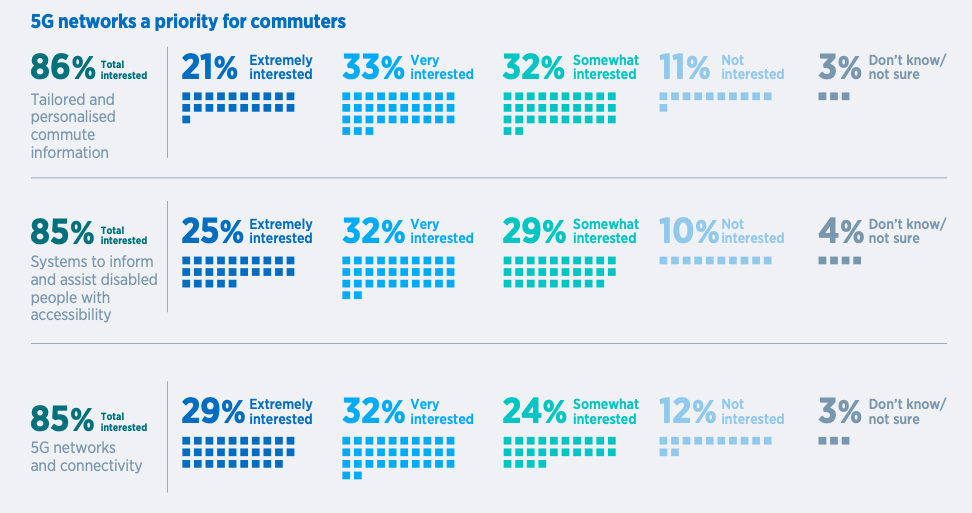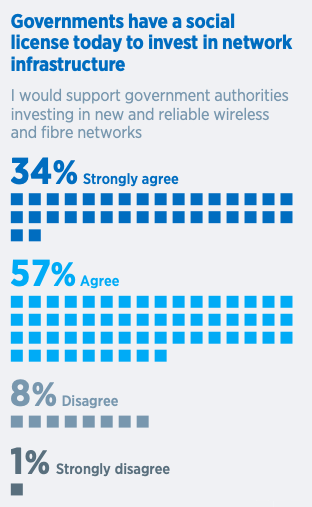According to the survey, 83% of rail users support their city investing in 5G
The recent 2020 Connectivity outlook report published by BAI Communications suggests that there is global support and a growing demand for rail transport authorities and operators to invest in 5G networks to enhance onboard safety and connectivity.
The study surveyed over 2,400 rail users across five cities: Hong Kong, London, New York, Sydney and Toronto, and found that users around the world want advancements in infrastructure. Specifically, 91% of current rail users said that they would support government authorities investing in new and reliable wireless and fiber networks and 83% said they support their city investing in 5G.

In addition, according to BAI’s findings, 95% of rail users are more likely to use the rail network in their city if technology-driven solutions were implemented, while 89% think the government should consider how networks and digital connectivity can be used to redesign public spaces to make them safer and more accessible.

From the perspective of BAI, the results of the study suggest that those surveyed understand that “advanced mobile networks provide benefits at both an individual level and to the broader public.”
Ninety percent of passenger are under the impression that they would benefit if rail networks “evolved” using connectivity, data and AI, and interestingly, 4 in 5 respondents are at least somewhat comfortable with the idea of their anonymized date being used to improve transport systems.

Another big issue that comes as no surprise is commute times. According to the survey, 93% of rail users would support transit systems that use connectivity to minimize commute times in a number of ways, including solutions for real-time service information (49%), apps that make route planning easier (45%), contactless payment systems (39%), safety related systems (32%) and apps that make bookings easier (30%).
“Commuters want reliable network coverage and capacity, including underground. In the long term, 5G mobile networks will offer greater capabilities and capacity,” Dean Bubley, industry analyst, explained further.

